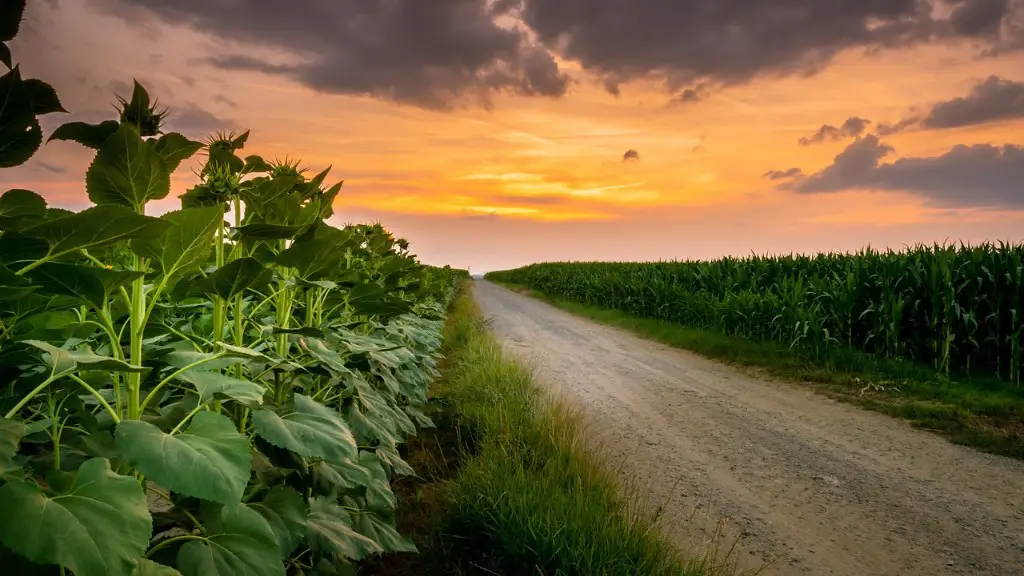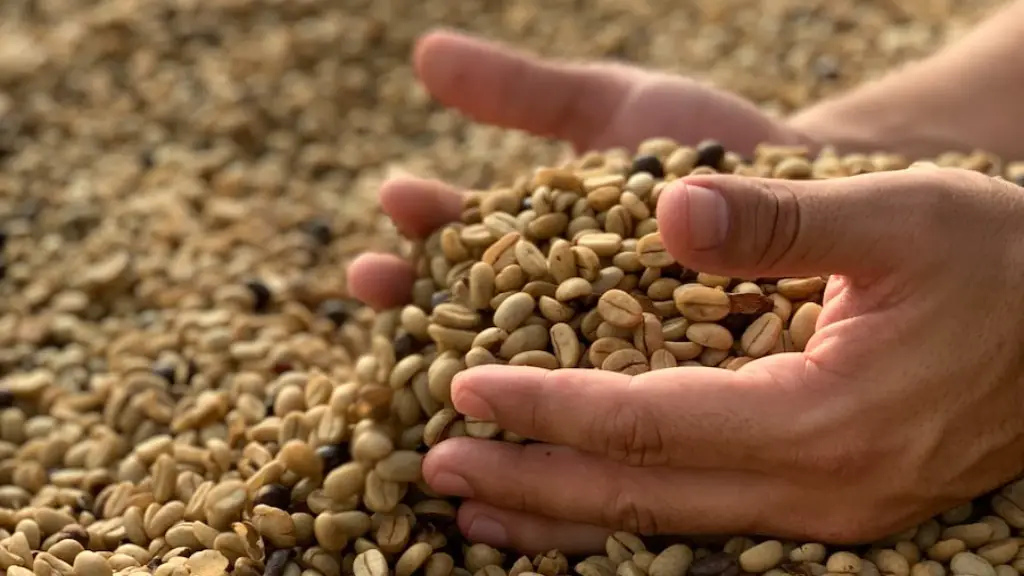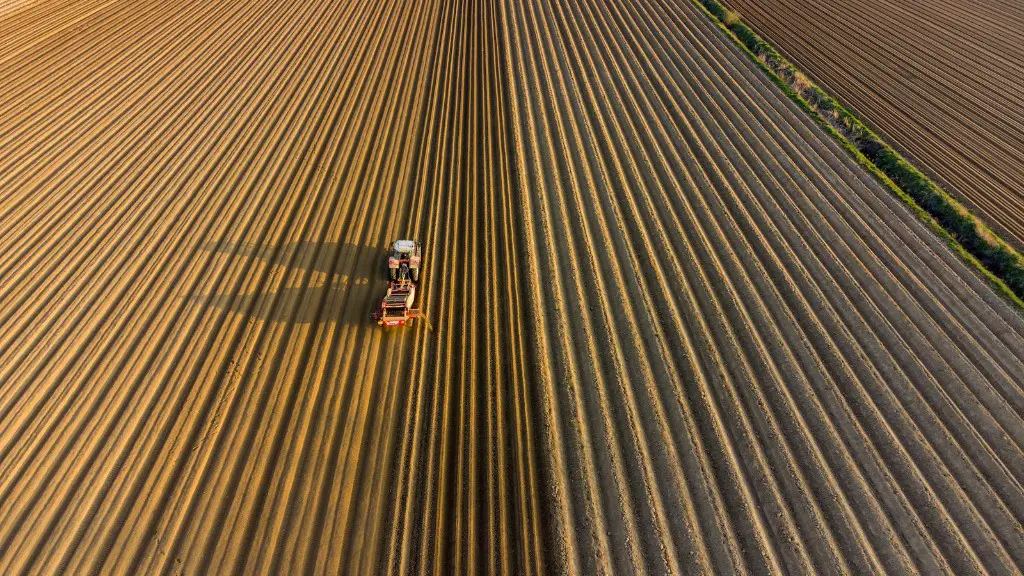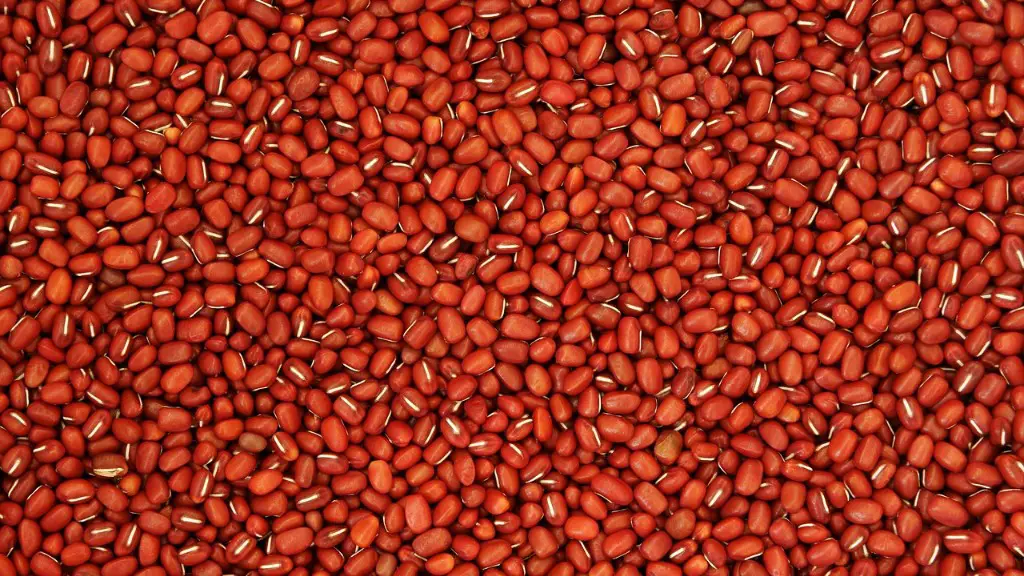The Great Depression was a time of great economic turmoil in the United States. One of the biggest contributors to the Depression was the droughts and dust storms that hit the Midwest. These natural disasters destroyed crops and led to a decrease in agricultural production. This, combined with the stock market crash of 1929, led to the Great Depression.
The great depression was caused by a number of factors, including the Dust Bowl, which was caused by years of drought and over-farming. When the dust bowl hit, it destroyed crops and made it impossible for farmers to make a living. This led to widespread poverty and unemployment, which made the great depression worse.
How did agriculture cause great depression?
During World War I, farmers across the country worked tirelessly to produce record crops and livestock. However, when prices for these goods began to fall, farmers found themselves in a difficult position. In an attempt to make ends meet, they began producing even more, but this only led to further financial difficulties. In the early 1930s, prices dropped so low that many farmers went bankrupt and lost their farms. This period was devastating for the agricultural industry, and it took years for farmers to recover.
The collapse of farm prices has led to a decrease in demand for farmland and a corresponding decrease in prices. This has led to a decrease in the value of farmland and a decrease in the amount of money that farmers and non-farmers are willing to invest in it.
What were the three causes of the Great Depression
The Great Depression was a global economic depression that took place largely during the 1930s. The timing of the Great Depression varied across nations; in most countries, it started in 1929 and lasted until the late 1930s. It was the longest, deepest, and most widespread depression of the 20th century. In the United States, the Great Depression began in late 1929 and lasted until about 1939.
Causes of the Great Depression
The Great Depression was caused by a combination of factors. These include:
The stock market crash of 1929: This was the trigger for the Great Depression. On October 29, 1929 (“Black Tuesday”), the stock market crashed, and prices fell sharply. This led to a loss of confidence in the stock market, and investors started selling their stocks.
The collapse of world trade: The Great Depression was exacerbated by the collapse of world trade. This was due to the Smoot-Hawley Tariff, which was enacted by the United States in 1930. The tariff raised import duties on over 20,000 products, and led to a decline in world trade.
Government policies: Government policies also played a role in the Great Depression. For example, the Federal Reserve’s policy of tight money
The agricultural industry was dealt a serious blow after the end of World War II. Farmers had planted more and taken out loans for land and equipment in anticipation of continued high demand from the war effort. However, demand fell sharply after the war, and crop prices declined by 40 percent or more. Farmers boosted production in the hopes of selling more crops, but this only depressed prices further. Many farmers were forced to sell their land and equipment at a loss, and many others were driven into debt. The agricultural industry has still not fully recovered from this shock.
What was farming like during the Great Depression?
Although it wasn’t easy, many farmers were able to survive during the Great Depression. They managed to grow and sell enough crops to pay their mortgages and keep their farms. These farmers were usually located in areas of the country that weren’t hit by drought and dust storms.
The Great Depression had a devastating effect on rural America. The number of farms in the US declined steadily from 64 million in 1910 to 63 million in 1930, and to 61 million by 1940. This trend meant that fewer and fewer farmers were able to make a living from agriculture.
What were the 7 major causes of the Great Depression?
The speculative boom of the 1920s led to the stock market crash of 1929 and the ensuing Great Depression. Oversupply and overproduction problems led to low demand and high unemployment. Missteps by the Federal Reserve and a constrained presidential response exacerbated the situation. An ill-timed tariff further exacerbated the problems.
The Great Depression was a severe economic downturn that lasted for over a decade. It began after the stock market crash of October 1929, which sent Wall Street into a panic and wiped out millions of investors. Over the next several years, consumer spending and investment dropped, causing steep declines in industrial output and employment as failing companies laid off workers. The Great Depression had a profound impact on the American economy and society, and its effects are still felt today.
Which of the following contributed most to causing the Great Depression
The 1920s was an era of great change, and the stock market crashed in 1929 as a result of many factors. The most important factor was the growing disparity between the rich and the poor. The rich became richer while the poor became poorer, and this led to increased social and economic instability. Another factor was the increasing speculation in the stock market. People were buying stocks on margin, and when the market crashed, they were forced to sell at a huge loss. This, combined with the effects of the Great Depression, led to the stock market crash of 1929.
The Great Depression was caused by a number of factors, but one of the main causes was overproduction. Factories and farms were producing more goods than the people could afford to buy, and as a result, prices fell, factories closed, and workers were laid off.
What were two main causes of the Great Depression quizlet?
1. The stock market crash of 1929 was a result of people investing in the stock market in hopes of making money.
2. The banking crisis of 1929 was a result of people depositing money in banks for safe-keeping.
3. The overproduction of goods in the 1920s led to an increase in prices and a decrease in demand.
4. The under-consumption of goods in the 1920s led to a decrease in production and an increase in unemployment.
The Agricultural Depression was a difficult time for farmers as they saw an increase in crop production but a reduction in market prices. The main cause of this was due to increased world food supplies and competition from cheaper producers. Farmers struggled to make a profit during this time and many went out of business. The Agricultural Depression eventually ended in the early 1930s, but its effects were felt for many years afterwards.
Why was farming difficult in the Great Depression
The Agricultural Adjustment Administration was supposed to help farmers by paying them to leave some of their land unplanted and by destroying crops that were in surplus.
However, many farmers could not afford to wait for the government payments and lost their farms. The destruction of crops also led to higher prices for food, which made it difficult for poor Americans to buy enough to eat.
Eventually, the Agricultural Adjustment Administration was replaced by the New Deal farm program, which gave more direct assistance to farmers.
The 1930s were a difficult time for farmers due to prolonged drought and infestations of pests. Farm losses were significant and many farmers struggled to keep their farms afloat. Governments were slow to respond to the crisis, leaving many farmers in dire circumstances.
Are we headed for a depression in 2022?
Roubini is predicting a severe, long, and ugly recession within the next few years. This is a scary prospect, and one that should be taken seriously. His interview with Bloomberg this week is a must-watch for anyone concerned about the economy.
The Great Depression is typically attributed to a combination of several different factors. These may include tight monetary policies adopted by the Central Bank of America, the stock market crash of 1929, and the failure of banks following the stock market crash as more people withdrew their savings.
Conclusion
The advent of large-scale agriculture in the early 20th century led to a dramatic expansion in the production of food commodities. This, coupled with the economic boom of the 1920s, created a perfect storm that helped contribute to the Great Depression. When demand for food commodities decreased and prices crashed in the 1930s, farmers were left with huge surpluses of crops and livestock that they could not sell. This led to widespread bankruptcies and foreclosure, as well as a massive increase in unemployment. The agricultural sector was hit particularly hard by the Depression, and the effects were felt throughout the entire economy.
Agriculture played a significant role in the Great Depression. It was one of the main industries affected by the stock market crash of 1929. The prices of agricultural goods fell sharply, and many farmers were unable to make a profit. This led to a decline in investment and further economic slowdown.





